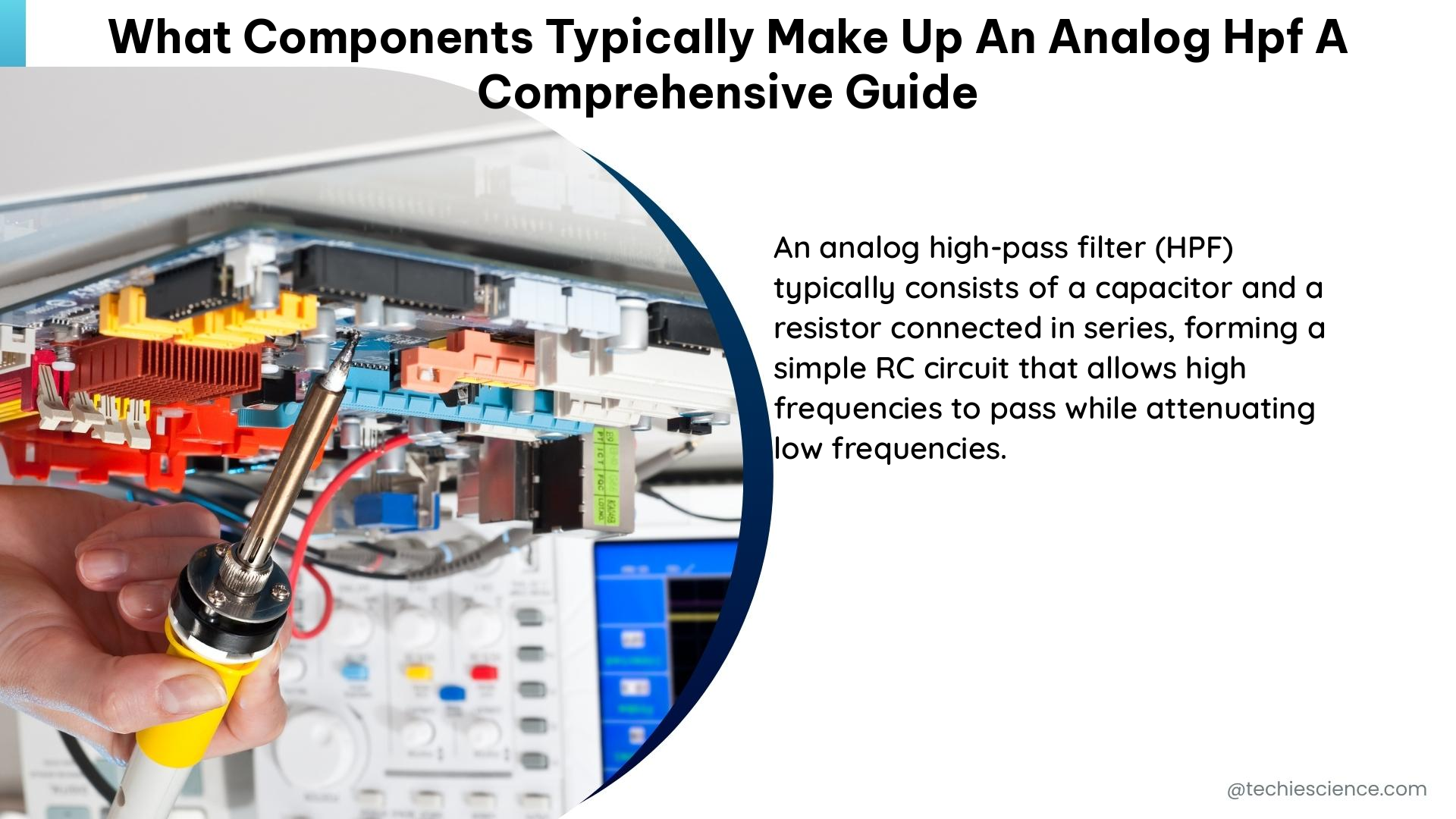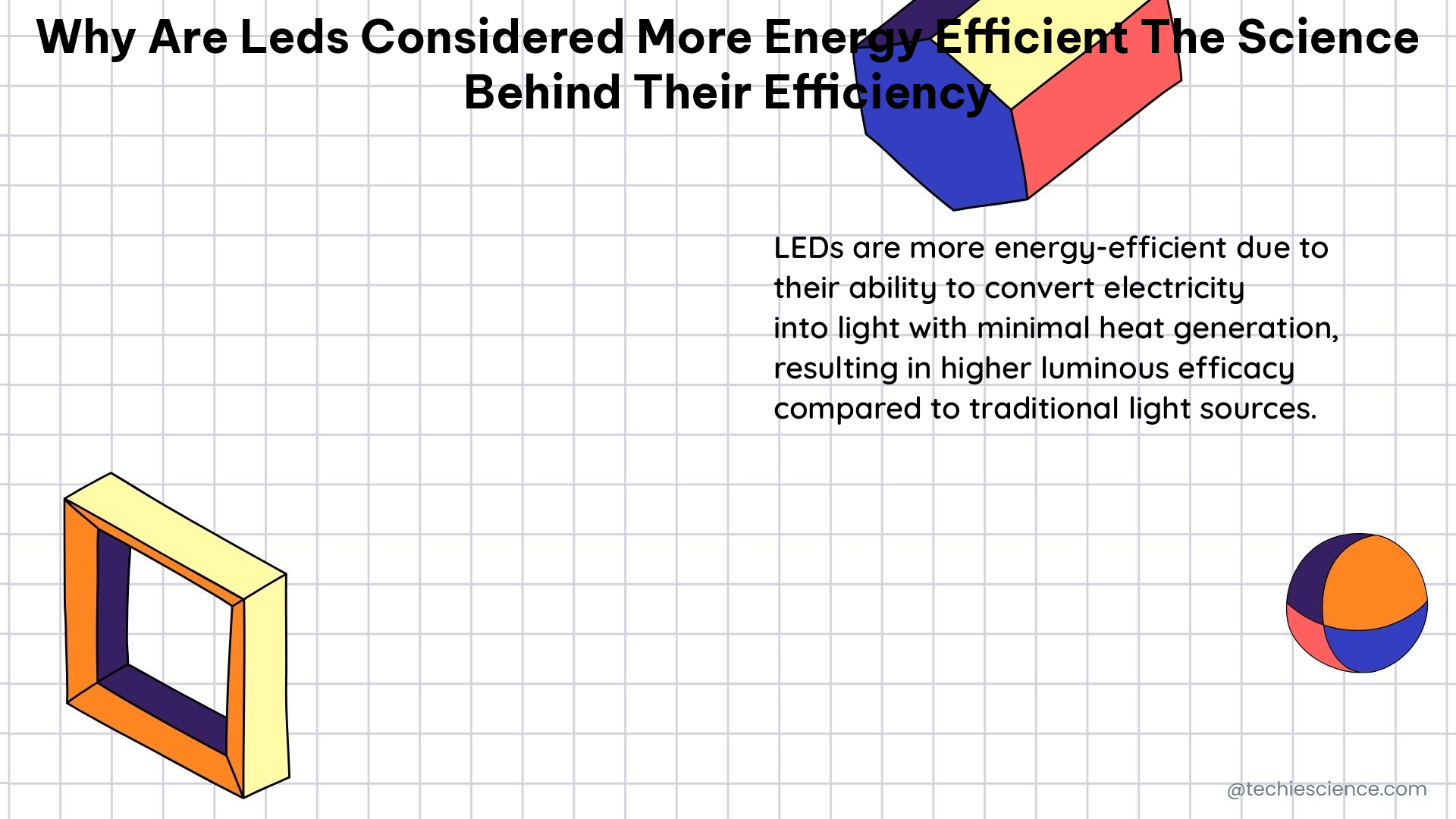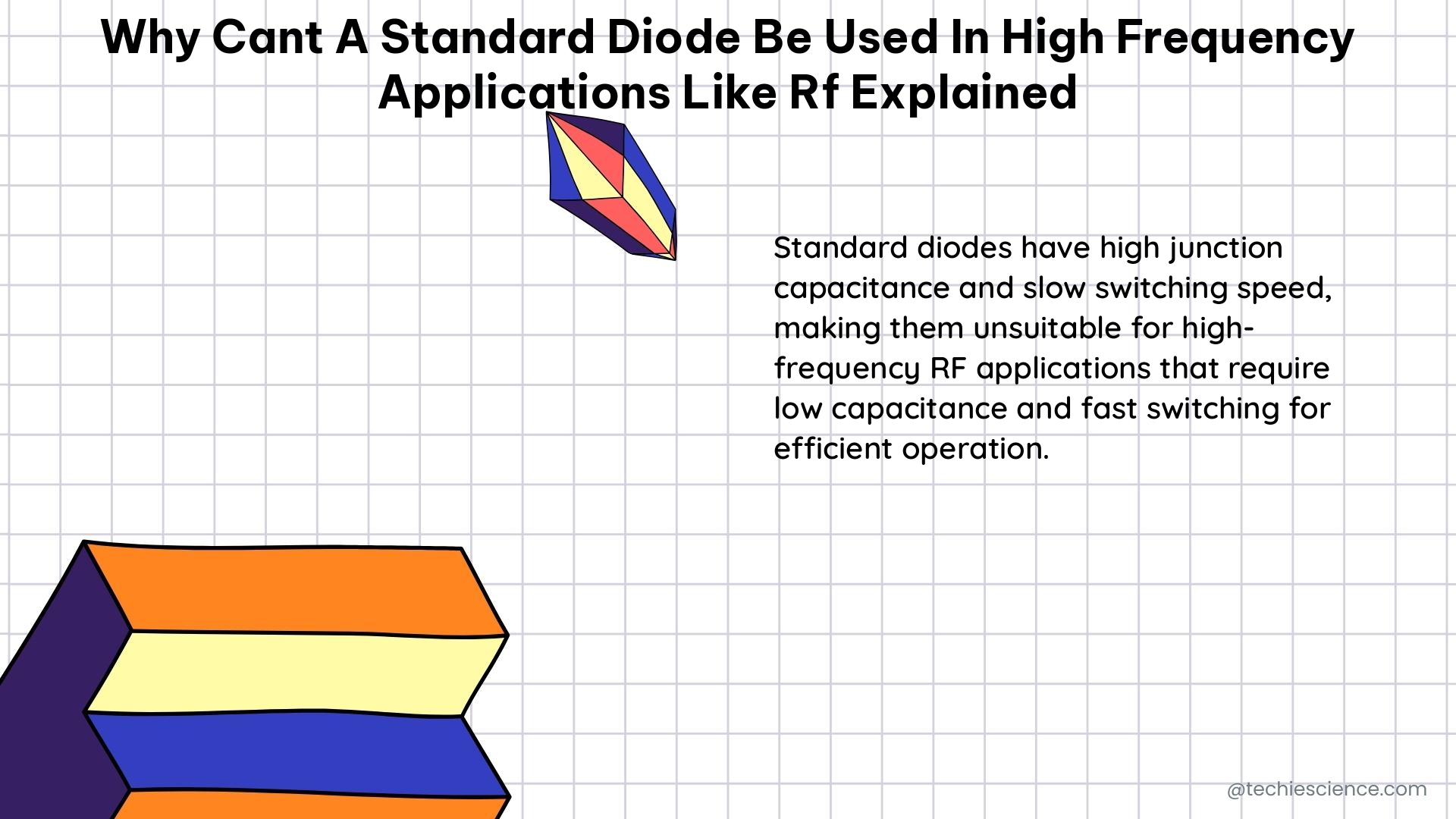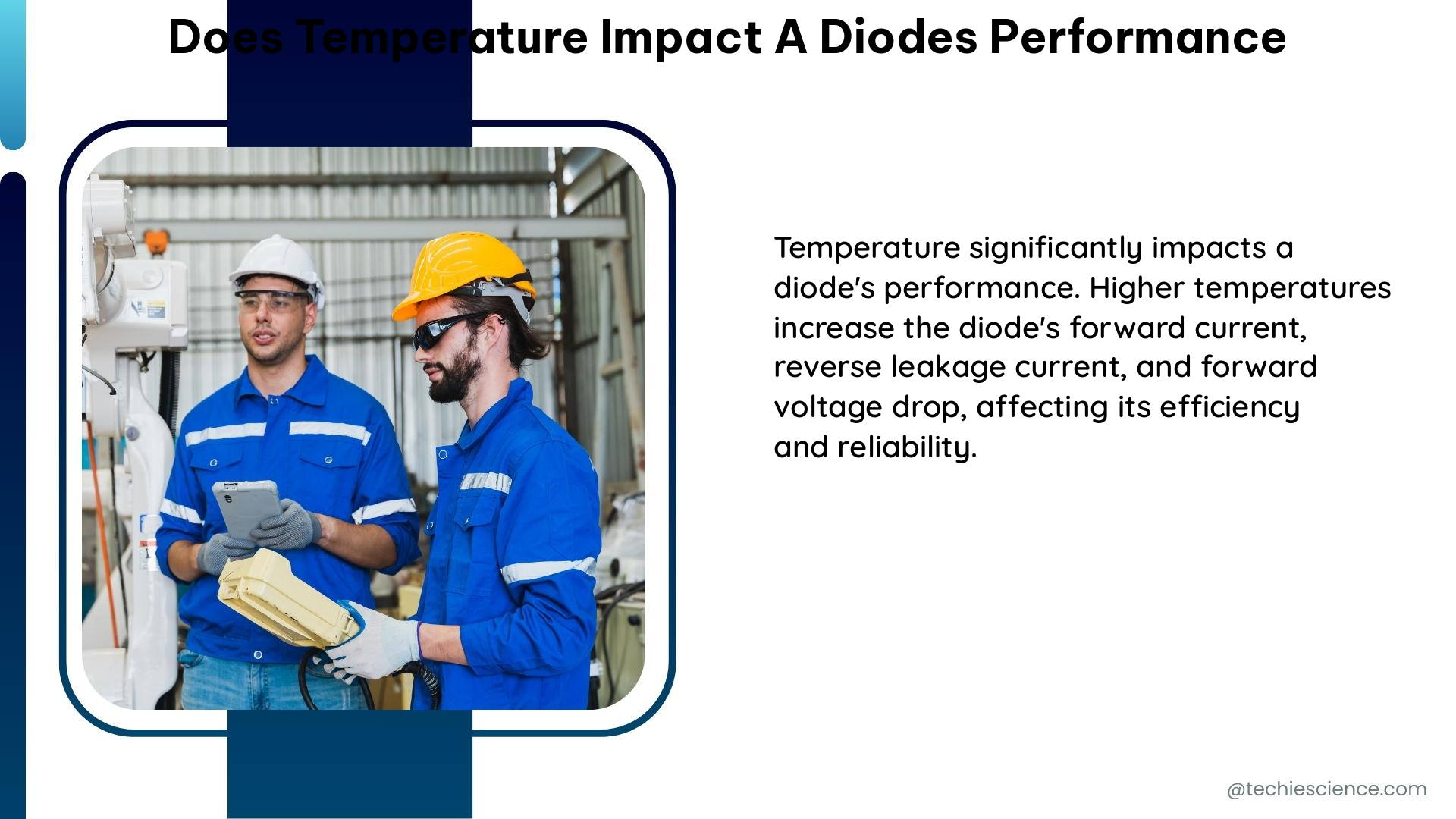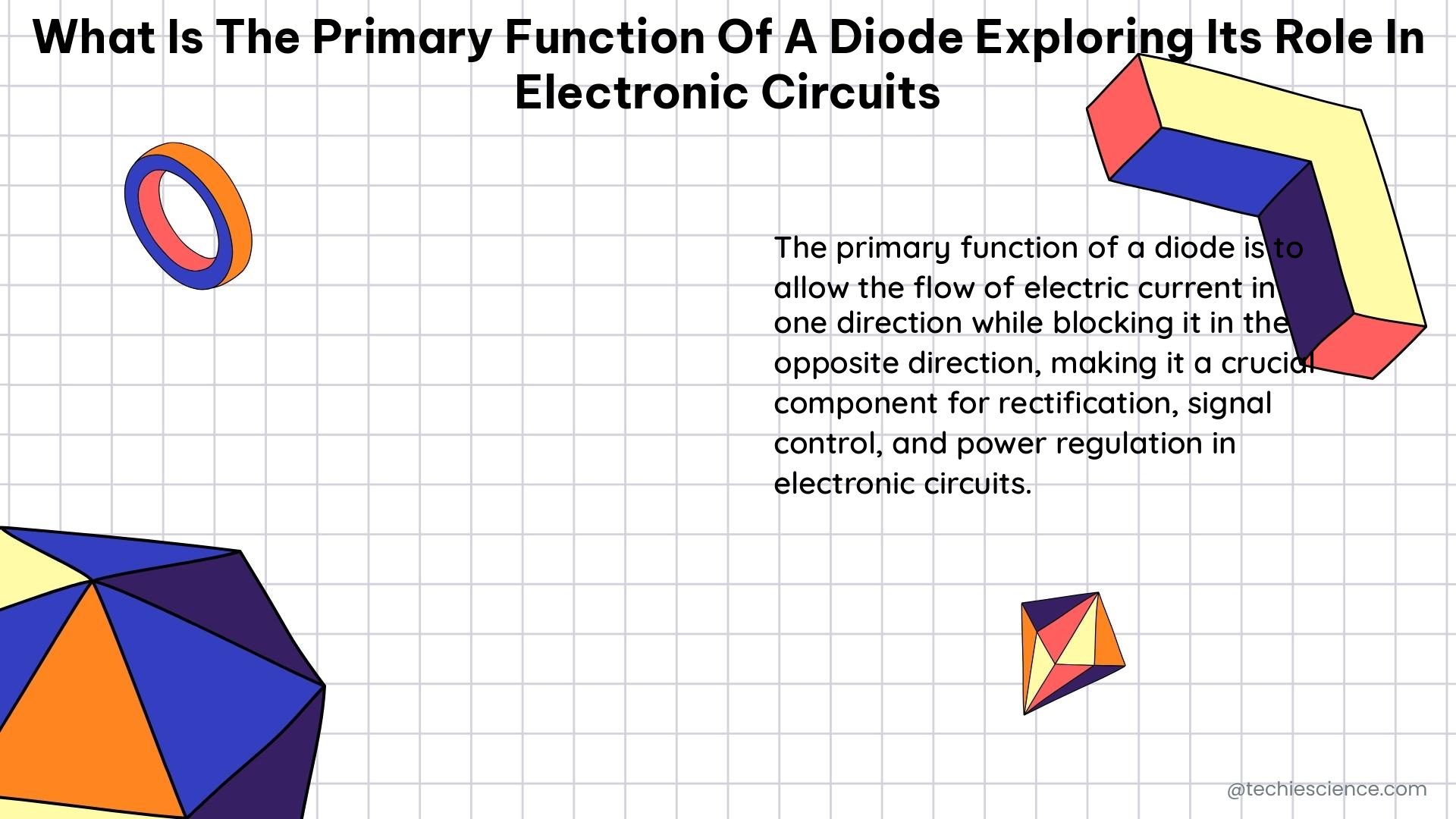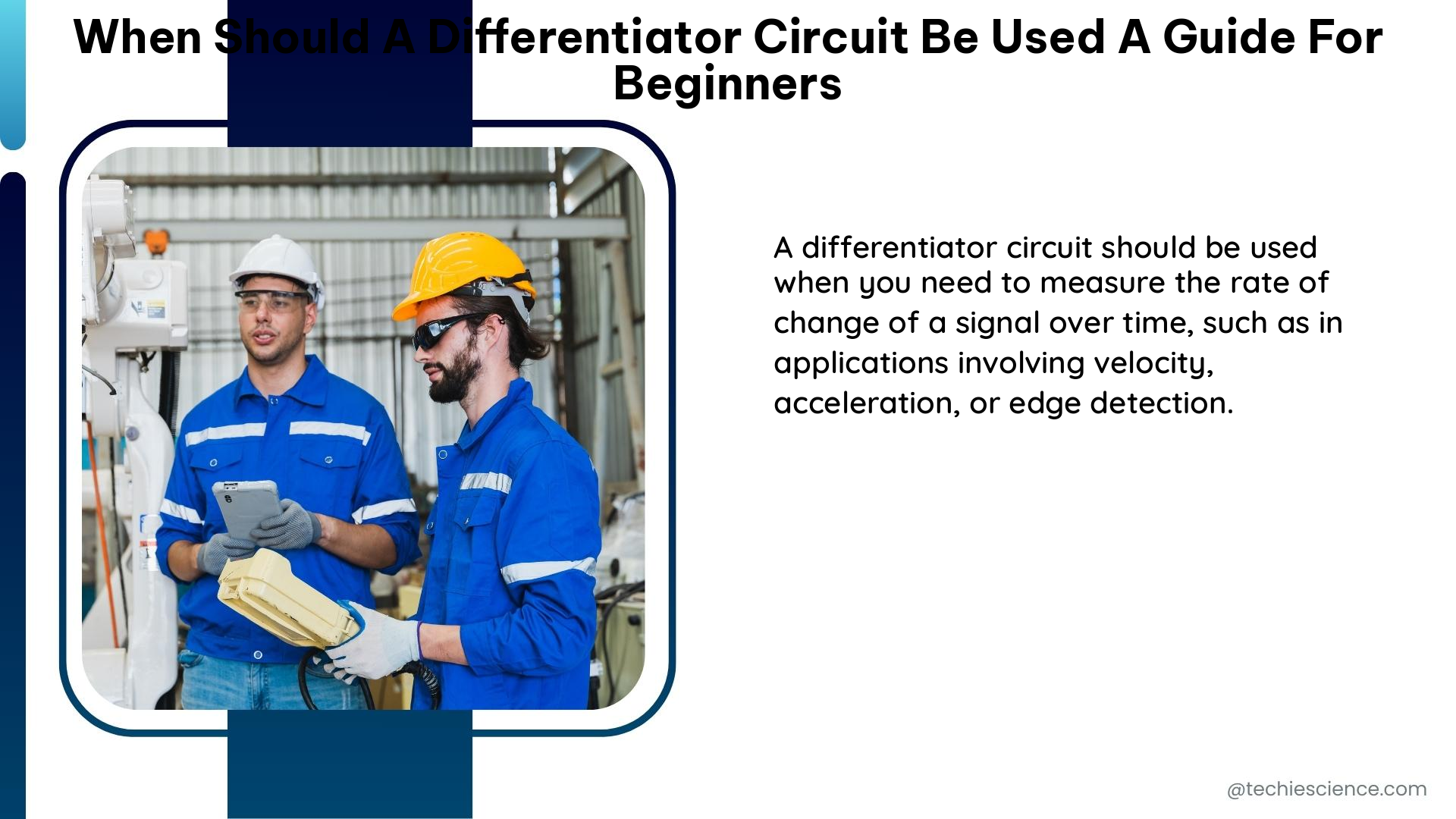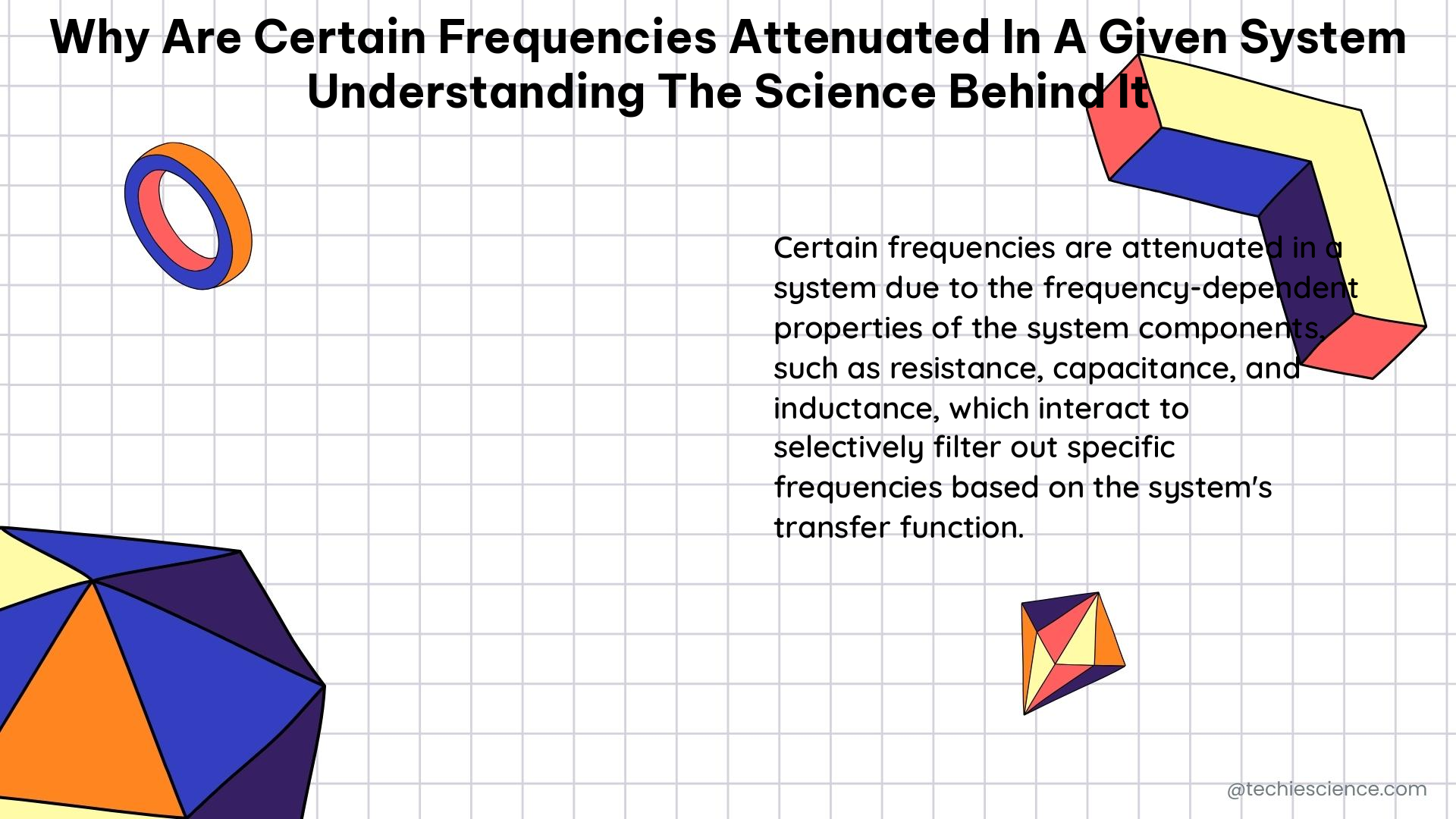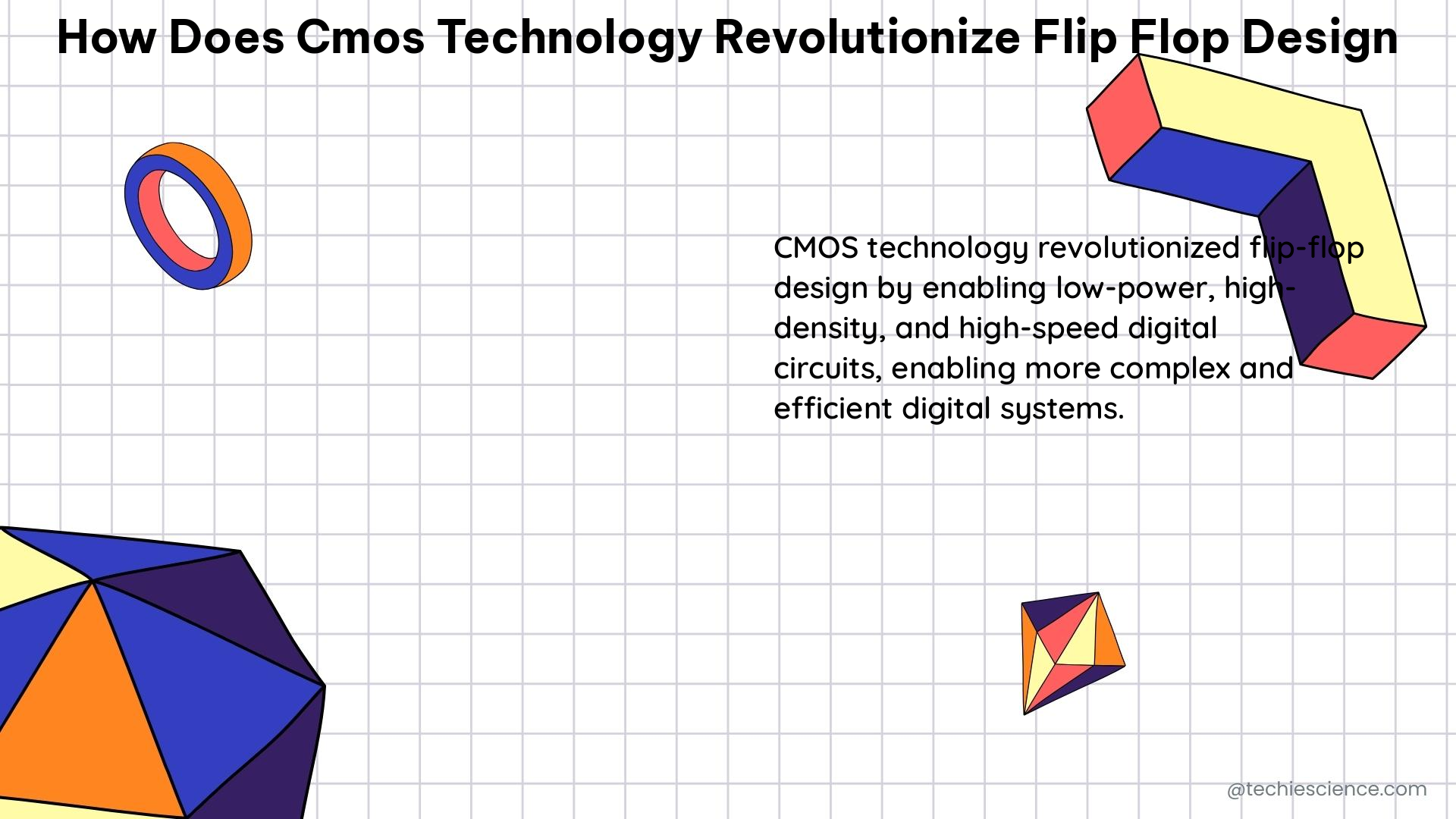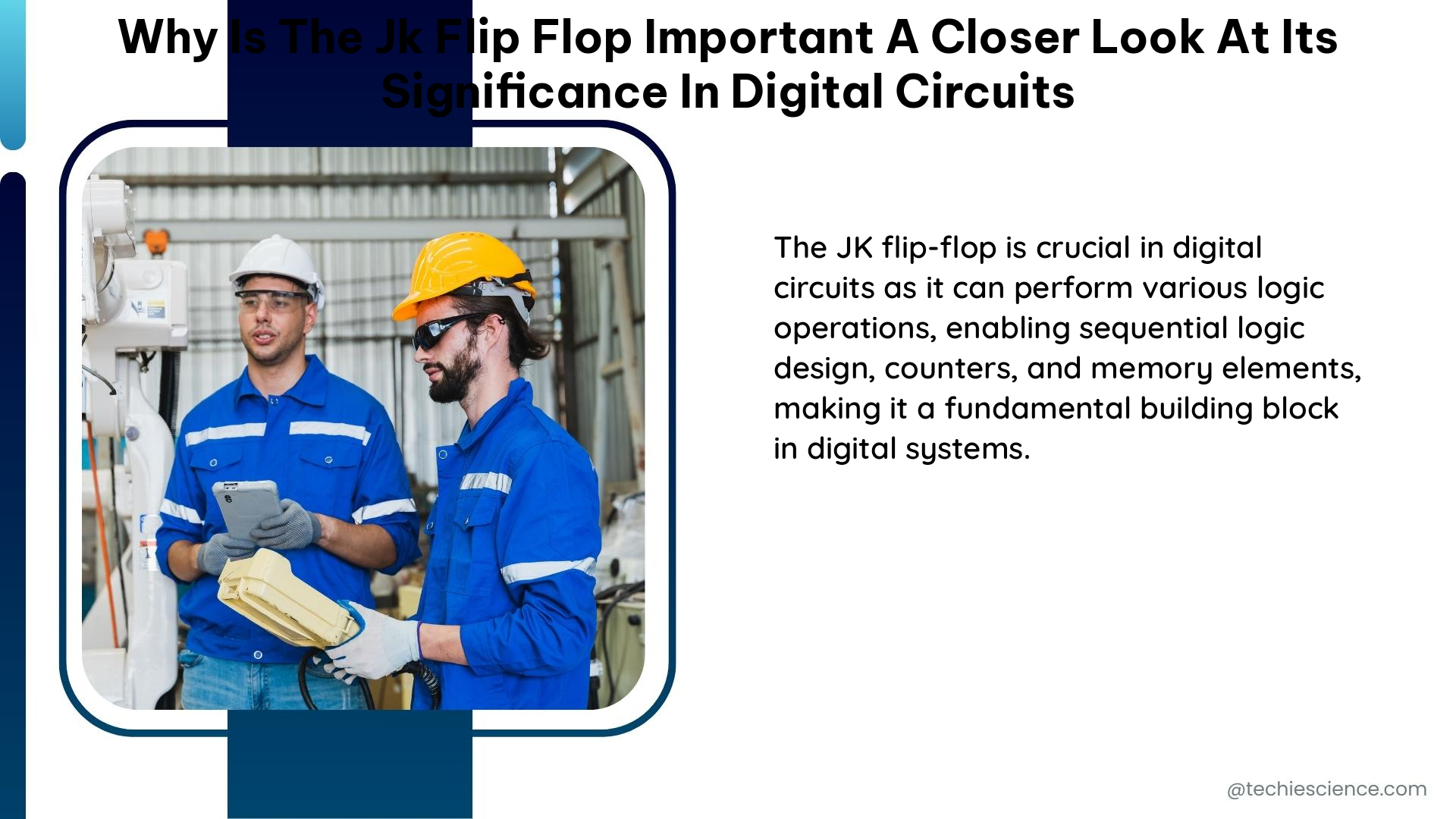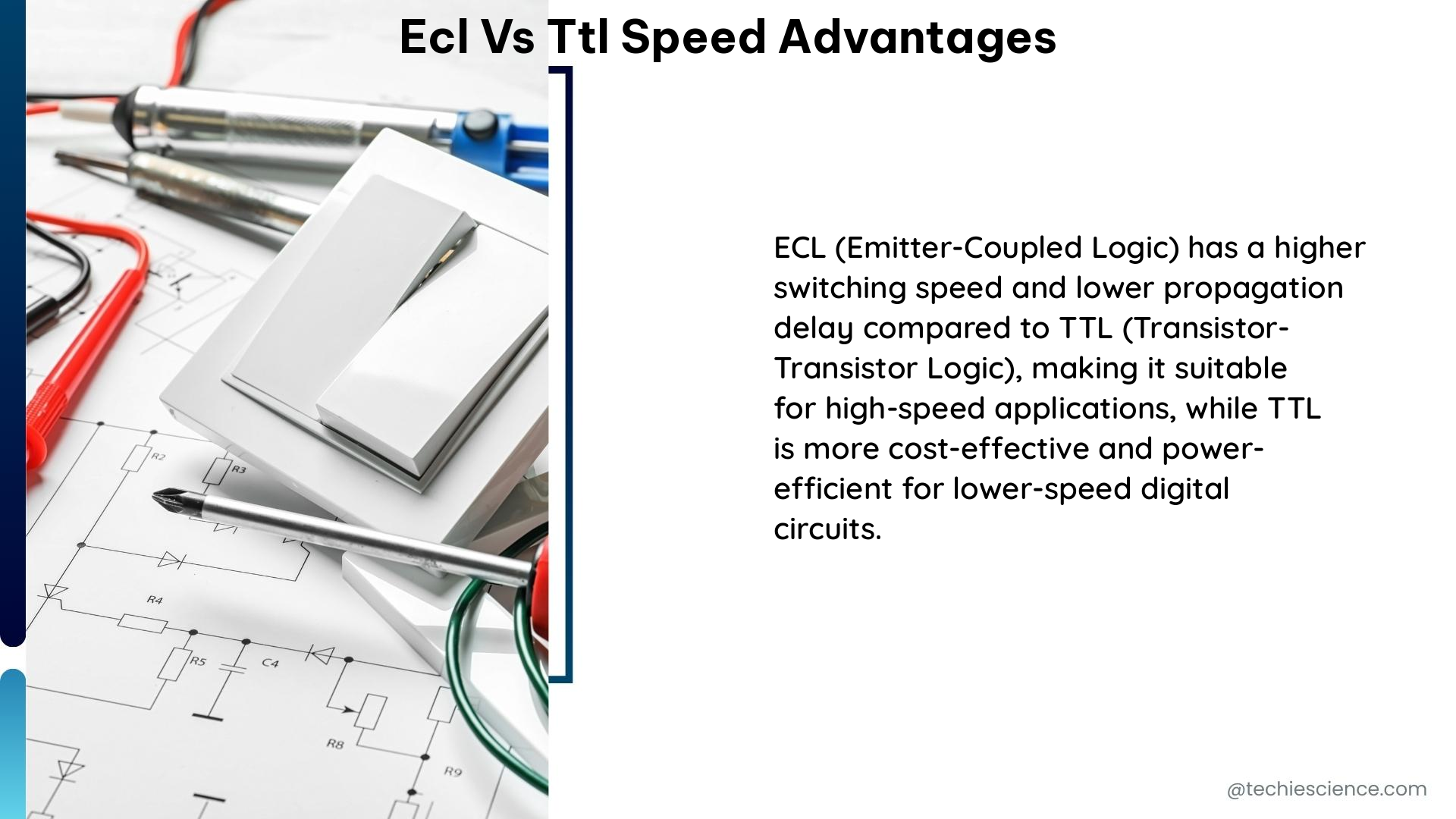What Components Typically Make Up an Analog HPF: A Comprehensive Guide
Analog High-Pass Filters (HPFs) are electronic circuits that allow high-frequency signals to pass through while blocking low-frequency signals. They are commonly used in various applications, such as audio signal processing, radio communication, and instrumentation. The components that typically make up an analog HPF include resistors, capacitors, and operational amplifiers (op-amps). This comprehensive guide will provide … Read more
